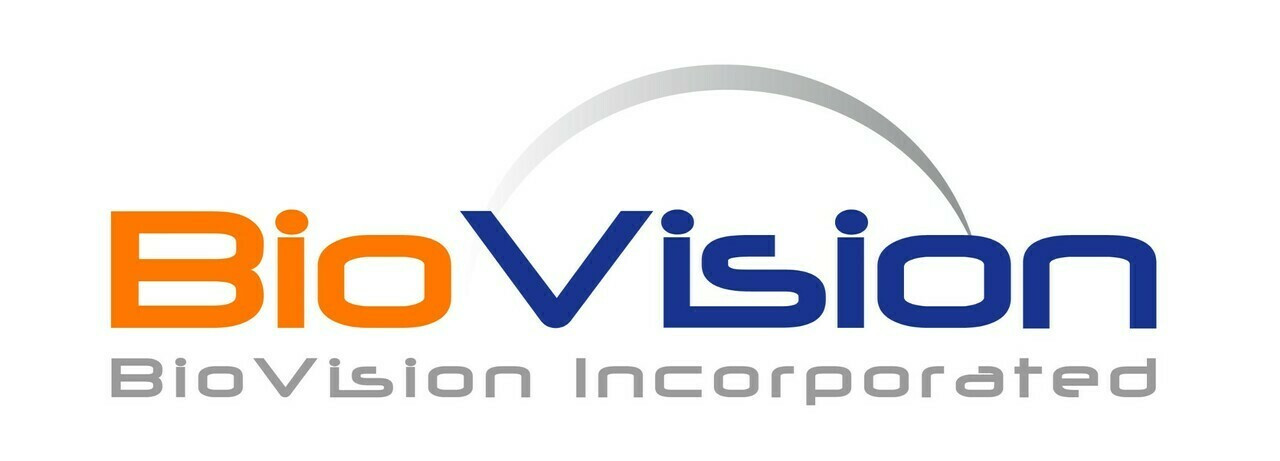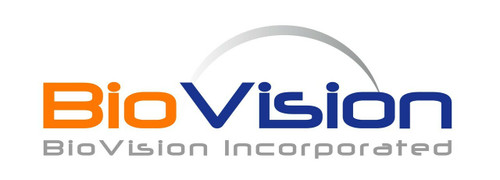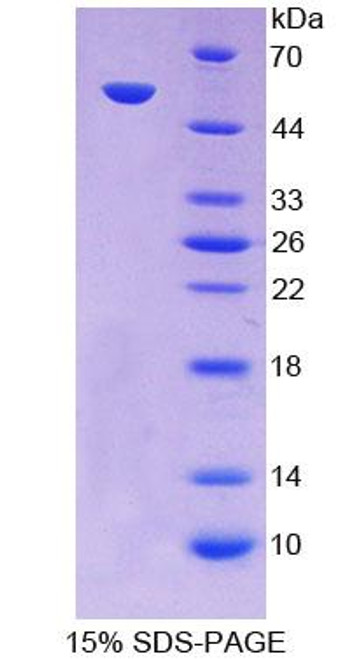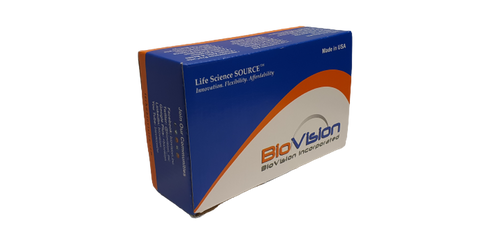Product Description
Pyruvate carboxylase (PC) is a ligase enzyme that catalyzes the carboxylation of pyruvate to form oxaloacetate (OAA). It is expressed both in prokaryotes and eukaryotes including fungi, bacteria, plants, and animals. In mammals, PC has a crucial role in gluconeogenesis and lipogenesis, in the biosynthesis of neurotransmitters etc. PC deficiency is an inherited disorder that results in lactic acid accumulation in the blood. Three types of PC deficiency have been identified, which are distinguished by the severity of their signs and symptoms.
Biovision | P1661 | Pyruvate Carboxylase, Rhizobium etli Recombinant DataSheet
Biomolecule/Target :
Synonyms: Pyruvic carboxylase, PC, EC 6.4.1.1 Pyruvate Carboxylase, Recombinant
Alternates names: Pyruvic carboxylase, PC, EC 6.4.1.1 Pyruvate Carboxylase, Recombinant
Taglines: A ligase enzyme that has a crucial role in gluconeogenesis and lipogenesis in mammals
NCBI Gene ID #:
NCBI Gene Symbol:
Gene Source: Rhizobium etli
Accession #: Q59740, aa (2-1154)
Recombinant: 1
Source: E. coli
Purity by SDS-PAGE: ≥ 90 % by SDS-PAGE
Assay:
Purity:
Assay #2:
Endotoxin Level:
Activity (Specifications/test method): > 10 U/mg
Biological activity: Biological activity was determined using BioVision’s Pyruvate carboxylase Activity Assay Kit (Colorimetric) (BV Catalog # K2075-100).
Results:
Binding Capacity:
Unit Definition: One unit of PC defined as the amount of enzyme that generates 1 umol oxalacetate per minute at 37 °C under the assay conditions.
Molecular Weight: 127.8 kDa (with C-terminal His-tag)
Concentration: Lot specific
Appearance: Liquid
Physical form description:
Reconstitution Instructions:
Amino acid sequence: aa (2-1154)
Handling: Centrifuge the vial prior to opening.
Usage: For Research Use Only! Not to be used in humans
 Euro
Euro
 USD
USD
 British Pound
British Pound
 NULL
NULL












